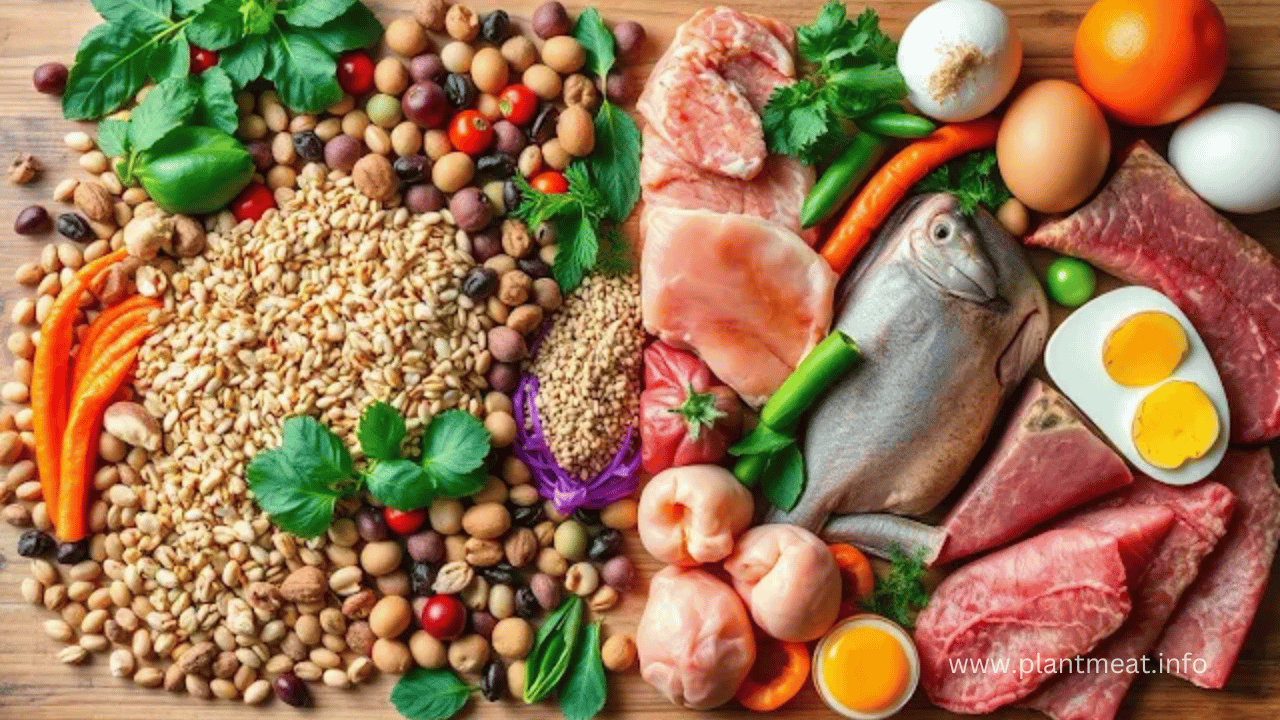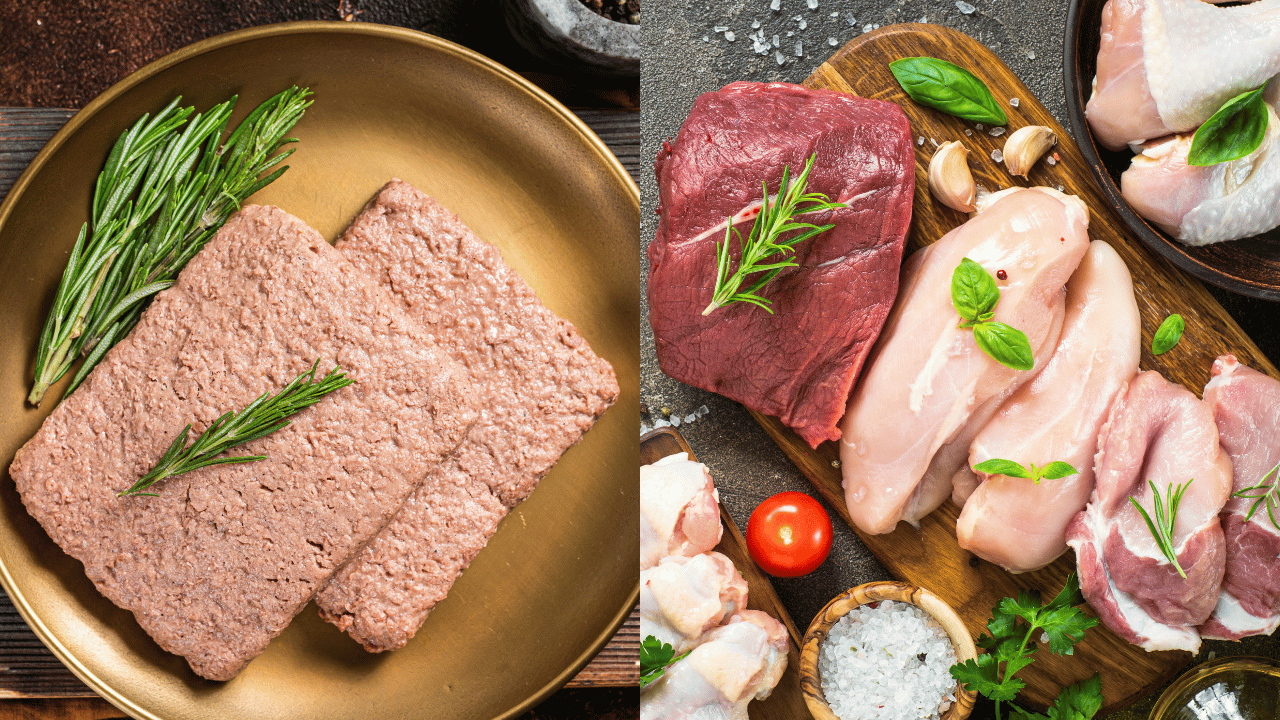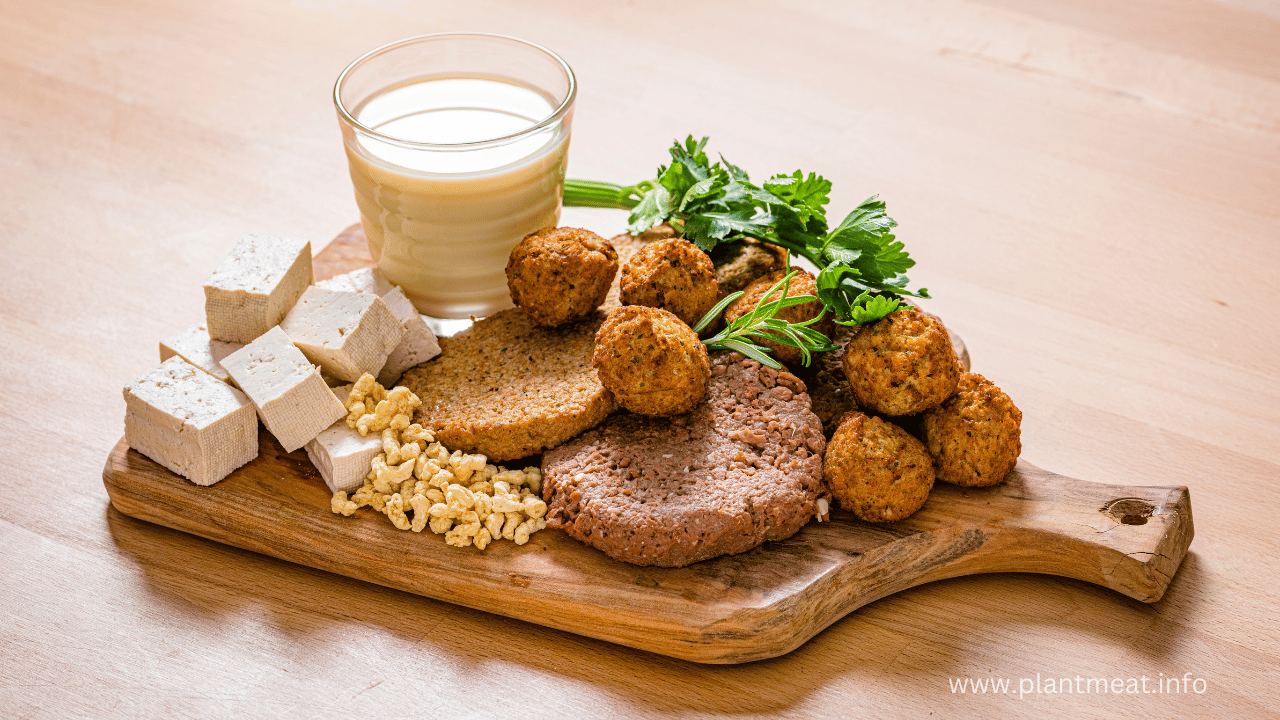The argument over meat versus plant proteins has persisted. Each has special advantages. Knowing these distinctions enables you to make the healthiest decision.
Meat and dairy products include full animal proteins. All nine of the necessary amino acids your body needs are present in them. They are therefore excellent for tissue growth and repair.
Grain and legume-based plant-based proteins are frequently lacking in certain essential components. Some vital amino acids are absent from them. However, consuming a range of plant-based foods will still provide you with all the amino acids you require.
You can obtain a complete protein by combining several plant proteins, such as rice and beans. Quinoa and soy are examples of plant proteins that are already complete. They are great options for a well-balanced diet.
Differences Between Animal and Plant Proteins
Amino Acid Content
Animal proteins are known as whole proteins because they have all 9 important amino acids. But, no longer all plant proteins are whole. Some plant life like quinoa, soy, and Ezekiel bread have all the amino acids. Yet, much vegetation, which includes beans, peanuts, and wheat, lacks one or extra crucial amino acids.
To get all vital amino acids on a plant-primarily based eating regimen, it’s crucial to devour a lot of proteins. You can mix unique plant proteins, like rice and beans, or devour complete grains with legumes.
Amino Acid Comparison | Animal Proteins | Plant Proteins |
Complete Proteins | Yes | Some (e.g., quinoa, soy, Ezekiel bread) |
Methionine Content | Higher | Lower |
Protein Density | Higher | Lower |
The amino acid makeup of proteins impacts our fitness. For instance, methionine, located extra in animal proteins, might also improve tension and coronary heart disease risks. On the other hand, plant proteins often have amino acids that are better for us.
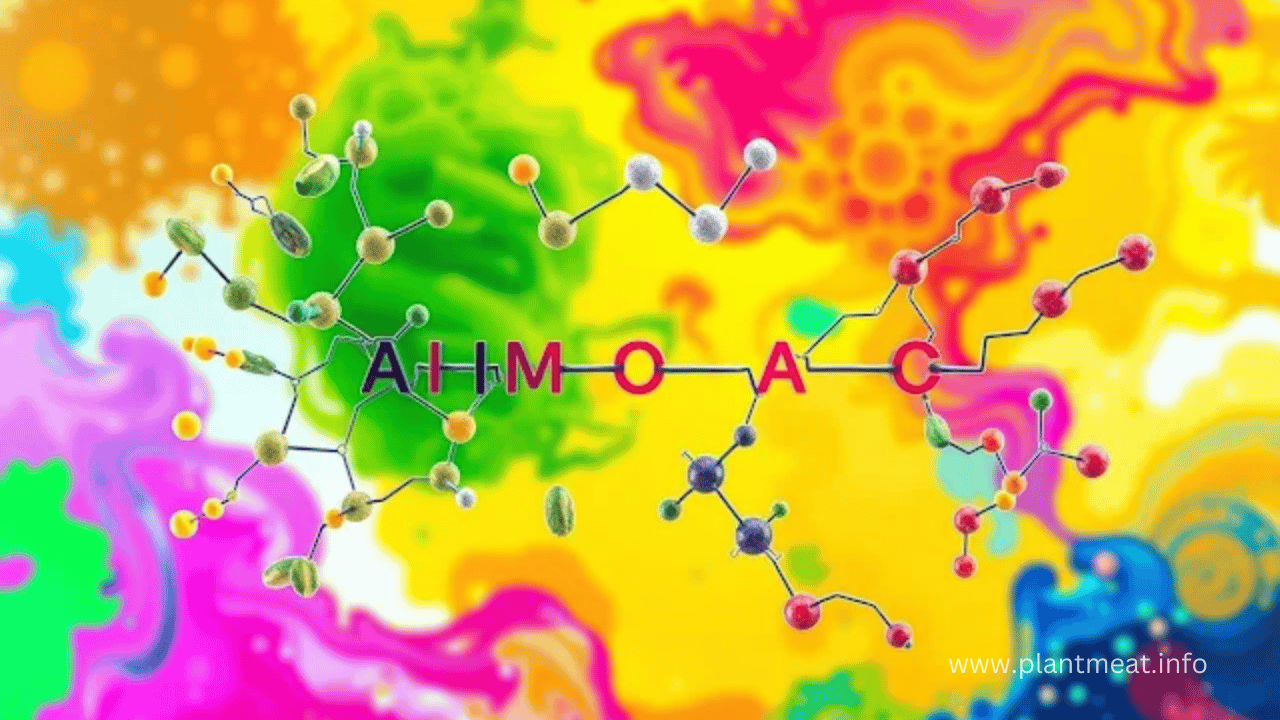
As we analyze more approximately amino acids and fitness, it is clear we want to consider animal and plant proteins when deciding on what to devour.
Sources of Protein
There are many options for protein in your diet. Both animal and plant-based meals are rich in protein. Knowing the differences enables you to pick out the pleasant for your health.
Animal-based total proteins, like dairy and meat, are entire. They have all the amino acids your body needs. These foods are clean for your frame to digest.
Plant-based total proteins, like nuts and beans, are regularly incomplete. They lack some amino acids. But, mixing distinctive plant proteins could make a complete source, like peanut butter and bread.
Animal proteins are filled with vitamins, but plant proteins have their benefits. They can decrease sickness danger and are higher for the surroundings. A mix of each is nice for your health.
Protein Source | Protein Type | Nutrient Density | Environmental Impact |
Dairy Products | Animal-based | High | Moderate |
Poultry | Animal-based | High | Moderate |
Beef | Animal-based | High | High |
Legumes | Plant-based | Moderate | Low |
Nuts and Seeds | Plant-based | High | Low |
Whole Grains | Plant-based | Moderate | Low |
The table indicates animal and plant proteins range in type, nutrient density, and environmental impact. This facilitates you to choose quite a few protein-rich ingredients for a balanced eating regimen.
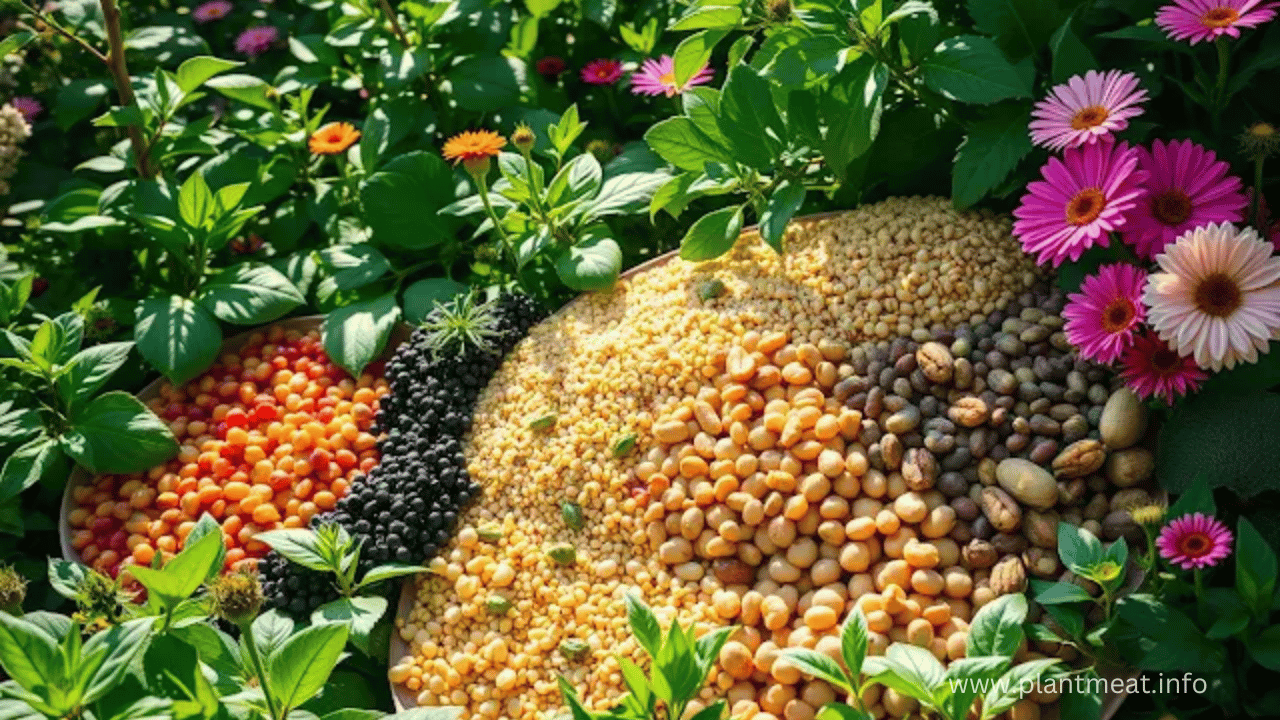
“Protein is essential for the growth, repair, and maintenance of our body’s tissues, and it plays a crucial role in many bodily functions. By understanding the different sources of protein and their unique characteristics, you can create a well-rounded diet that supports your overall health and wellness.”
Plant Protein vs Meat Protein
Both plant-based totally and animal-based proteins have their very own blessings. Animal proteins are recognized for being excessive in protein. They have all the crucial amino acids our bodies need. But, diets rich in plant-primarily based protein can decrease the chance of coronary heart ailment, stroke, and type 2 diabetes.
The environmental impact of plant-based total protein is an awful lot lower than meat. For example, beef manufacturing uses seventy-five instances more power than developing corn. It also takes four times more water to make beef than plant proteins like lentils.
“Without a reduction in global meat consumption, a food shortage crisis may occur in under thirty years.”
What’s extra essential than the form of protein is getting sufficient from various sources. Whether it’s plant-primarily based or animal-based, aim for a balanced weight loss plan. This ensures you meet your protein amount and nutrient density desires.
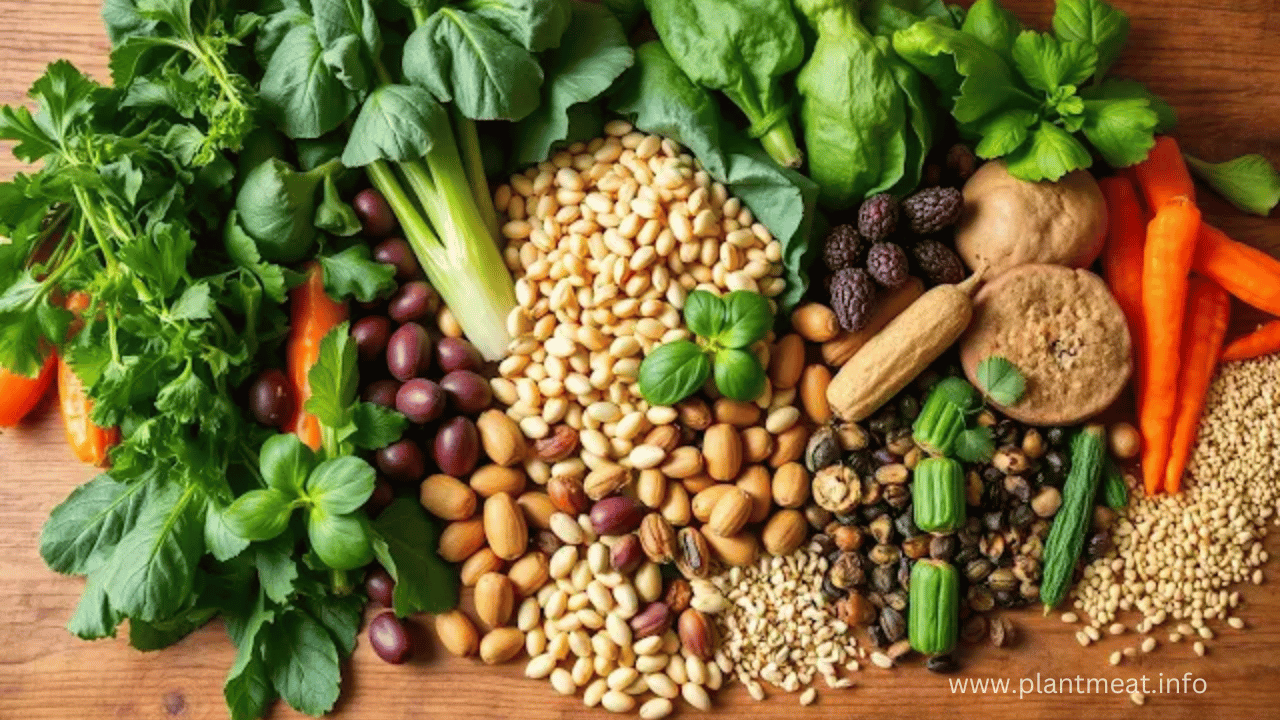
It’s crucial to realize that not all plant-based proteins are equal. Some, like pumpkin seeds, chia seeds, and hemp seeds, are complete proteins. They have all the important amino acids. Others, like lentils, are probably a piece short on one or more amino acids. But, they could nonetheless assist meet your protein desires while mixed with other plant-based sources.
Choosing between plant-primarily based and animal-based total protein should depend on your private alternatives and desires. Consider the fitness benefits and environmental impact of every option.
Benefits of Plant-Based Diets
Plant-based diets offer many health blessings. People who devour vegan or vegetarian foods are up to 30% less probably to die from a heart ailment. These diets additionally decrease the threat of a few cancers due to the fact they are complete with appropriate phytochemicals and fibre.
Disease Prevention
Plant-based total diets can also save you from stroke and type 2 diabetes. They help with weight control and are packed with vitamins and fibre. Eating a lot of fruits, vegetables, whole grains, legumes, nuts, and seeds offers you lots of antioxidants and other precise stuff.
Health Benefit | Plant-Based Diet Advantage |
Heart Disease | 30% lower risk of death from heart disease |
Cancer | Reduced risk due to beneficial phytochemicals and fibre |
Stroke | Lower risk from healthier weight management and nutrient density |
Type 2 Diabetes | Reduced risk from healthier weight management and nutrient density |
To get the most from a plant-based diet, eat a variety of whole, nutrient-rich foods. Avoid processed or sugary plant-based foods. This way, you support your health and well-being.
“Transitioning to a plant-based diet doesn’t have to be all or nothing, but the benefits are directly related to the amount of plant-based protein consumed compared to animal protein.”
Conclusion
Both plant-based and animal-based totally proteins may be a part of a healthy weight loss plan. Animal proteins are frequently visible as complete because they have all critical amino acids. But, plant proteins also can provide all amino acids if you consume plenty of them.
The form of protein is not as important as getting enough from exclusive resources. Look at nutrient density, environmental impact, and your fitness goals. This way, you could choose the high-quality protein resources for you.
It would not matter in case you consume the whole flora or a combination of everything. The aim is a balanced food regimen that offers you sufficient protein. With a few ideas and attempting new matters, you may discover the right mix for your fitness.

